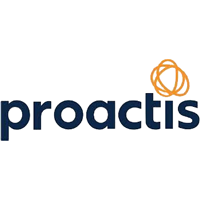Once the need for a more strategic Procurement function is recognised, one of the key challenges is changing behaviours so that a more strategic approach can be successfully adopted. Digital enablement can assist with this, driving self-service and automation, thereby releasing staff to focus on more value–adding initiatives. Digital enablement of the Procurement function is much more readily available than it has previously been. Proactive Procurement teams should be grabbing these opportunities to innovate and automate, both to add direct value to the organisation, and to free up resources. There are many ways that Procurement functions can digitally-enable themselves in today’s market:
Supplier Self-Service
Why would you do work that the supplier will gladly do for you? Suppliers want hassle-free engagement with your organisation. They want to understand if their invoice is being processed effectively and if payment is on schedule. Having to constantly contact your Procurement team for updates and answers is just as much of a pain to them as it is to you. An effective supplier portal negates much of this hassle and allows the supplier to track progress of their invoices and to respond to any alerts about any issues.


